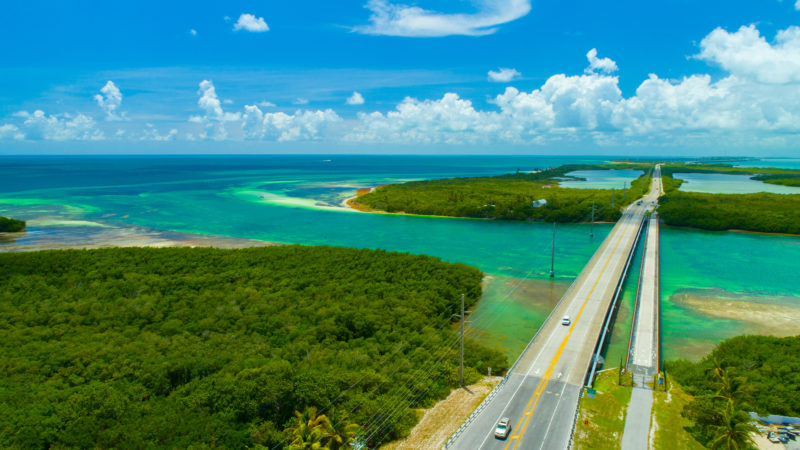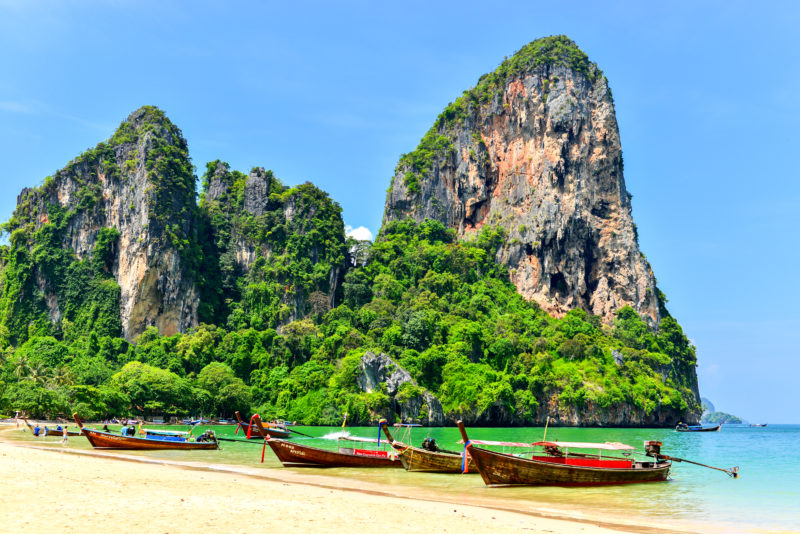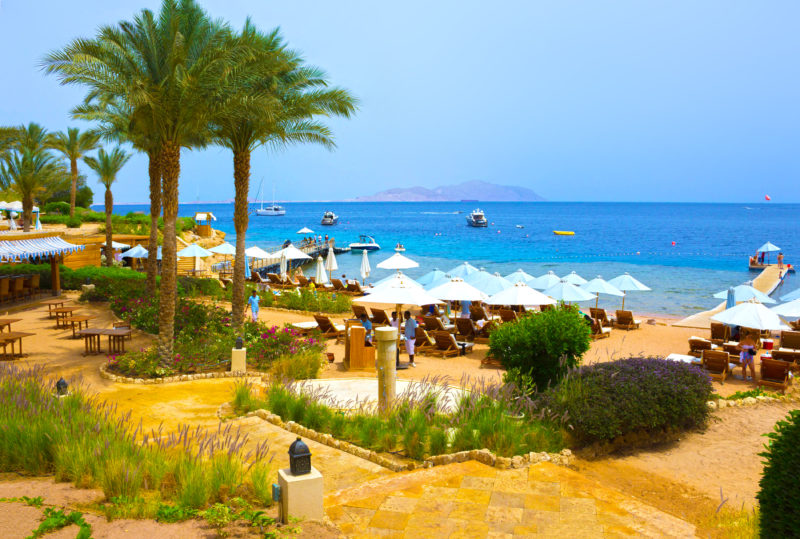With thousands of potential destinations, choosing the best places to learn to scuba dive can be confusing and something of a balancing act. On one hand, you’d like the best quality training. But on the other, you have a tight budget. You’d like simple diving to begin with, but yet you want to be prepared for diving elsewhere in potentially more challenging conditions. You’d like to see amazing marine life, but as a beginner you won’t have the skills yet to deal with the currents that often accompany large pelagic life. There is no one magical spot, but here are five of the world’s best places to learn to scuba dive, where you’ll find a bit of all the above.
Florida
With lots of reputable dive centers scattered around the Florida Keys, this is a great place to get started. Prices here are in the $500-600 range for an Open Water dive course. Most dive centers have modern, roomy purpose-built dive boats, and facilities are usually excellent. While you’re not as likely to see big pelagic life here as in some other parts of the world, lots of colorful reef fish and wrecks make for enjoyable dives. The training is likely to be thorough, friendly and professional.
There are many famous dive sites and wrecks along the Florida coast. As well as some excellent novice sites to hone your skills, legendary wrecks await for advanced divers like the Spiegel Grove. Visibility and temperature vary widely along the extensive Florida coastline, so for an accurate guide check with the dive center at your chosen location.
Best for: those wanting a professional service, high level of training, and a rich and varied dive experience.
Thailand
Thailand boasts many great diving destinations. With a steady flow of curious travelers, the island of Koh Tao reputedly certifies more new scuba divers than anywhere else in the world. Consequently, there are a myriad of competitive dive centers on the island offering courses from just $300 USD. The diving — while not the best Thailand has to offer — is still good. The water is 82 to 84 F (28 to 29 C) and usually clear. Colorful reef fish will compete for your attention, although beware the territorial triggerfish. There are around 16 to 20 dive sites scattered around the island. And, on lucky days at sites such as Sail Rock, you may find something larger passing by in the blue.
The super-competitive pricing means that dive centers often run courses speedily and with larger student to teacher ratios, so be sure to find a dive center and instructor you feel comfortable with. After you’ve completed your OW training, you can tie it in with an Advanced Open Water course on one of the liveaboard diving trips available on the west coast of Thailand from Khao Lak or Phuket.
Best for: travelers on a budget looking to have a good time in the water and then on land after they surface.
Red Sea, Egypt
The Red Sea is a great place to begin your journey into diving. Egypt stretches from the Suez Canal, which borders the Mediterranean Sea in the north, to Sudan on its southern border. Whether it’s Dahab’s stunning shore dives to the northeast or Hurghada or El Gouna further south, there is some great diving here for all levels. Here in the northern part of Africa, the water temperature can vary from 70 to 86 F (21 to 30 C), but it’s never cold. Visibility is often excellent with 40 to 60 feet (20 to 30 m) being the norm.
Even on beginner reefs, aquatic life is abundant. Wrasse, groupers, moray eels, blue-spotted rays, angelfish and butterflyfish add color to the stunning scene beneath the waves. On lucky days, divers may also witness some shark action. Although an Arabic-speaking country, training is available in many languages. Expect to pay approximately $300-400 for a three-day Open Water course depending on the area. There are lots of dive centers so carefully choose the center you feel comfortable with instead of using only the price as your guide.
Best for: good all-around destination for beginners and experienced divers alike. If you have a friend or partner who’s already certified this is a great place for them to join you. Lots of dive centers cater to all nationalities.
Scotland
If you want something different and are interested in maritime history, Scotland can be a great place to learn to dive. Although it may not immediately spring to mind when you think of scuba diving, Scotland is great for adventure seekers and budding wreck divers to take their first steps at Scapa Flow. The diving in Scotland is, by nature, more challenging than a tropical reef. You’ll learn how to dive in a drysuit, hood and gloves. But the reward is spending your first open-water dives on famous wrecks. Training standards are excellent; small ratios and attention to detail not always apparent in a tropical environment mean that you’ll be in safe hands. And, by taking those foundational steps in a more challenging environment, you’ll be ready for anything a tropical reef may throw at you.
The big draw of Scapa Flow in the Orkney Islands is the history. A natural harbor for centuries — originally to the Viking fleet and then the British Navy — there are lots of wrecks to explore. Water temperature is usually in the 46 to 55F (8 to 12C) range. Visibility can be variable. The wrecks are covered in life: crabs and lobsters vie with wrasse and cod circling the wrecks’ perimeters. Brittle stars, turbot and scorpionfish often hide in the sand. On lucky occasions, a playful passing seal may even buzz by. At around $700 for a four-day Open Water course, this is one of the more expensive destinations to learn to scuba dive. However, the student-to-instructor ratios are excellent and the training is first-class.
Best for: adventure seekers, history lovers and those wanting a fun challenge who are unafraid of the colder water temperatures.
Australia
A vast country with incredible natural life above and below the waves, Australia is home to the Great Barrier Reef, the world’s largest reef system. Currently threatened by global warming, the Great Barrier Reef is a world heritage site and home to over 1,500 species of fish on approximately 2,900 individual reefs. You can choose from an abundance of dive-training centers, whether you favor PADI, SSI or NAUI. Most of the region’s quality dive centers utilize purpose-built pools for initial skill training in combination with air-conditioned classrooms. Qualifying dives are conducted via boat on the reef. Visibility can vary on the GBR due to the wind, tide, surf and surge. Average visibility runs from 60 to 75 feet (20 to 25m). Summer water temperatures can peak at 86 F (30 C) and never drop below 70 F (22 C).
Calm, sheltered, shallow areas around the islands are perfect for novices to practice skills, and gentle reef sites allow you to gather experience while enjoying rich fish life and corals. The marine diversity is fantastic, with some sites offering turtles, sharks, sea snakes, moray eels and a huge variety of reef fish. Prices can vary but, again, make sure the dive center is right for you rather than just booking the cheapest course on offer. Open Water Diver courses run from $700-800.
Best for: visiting a living legend – the Great Barrier Reef. A great place to learn with lots of professional centers along the vast coast and bountiful marine life.






